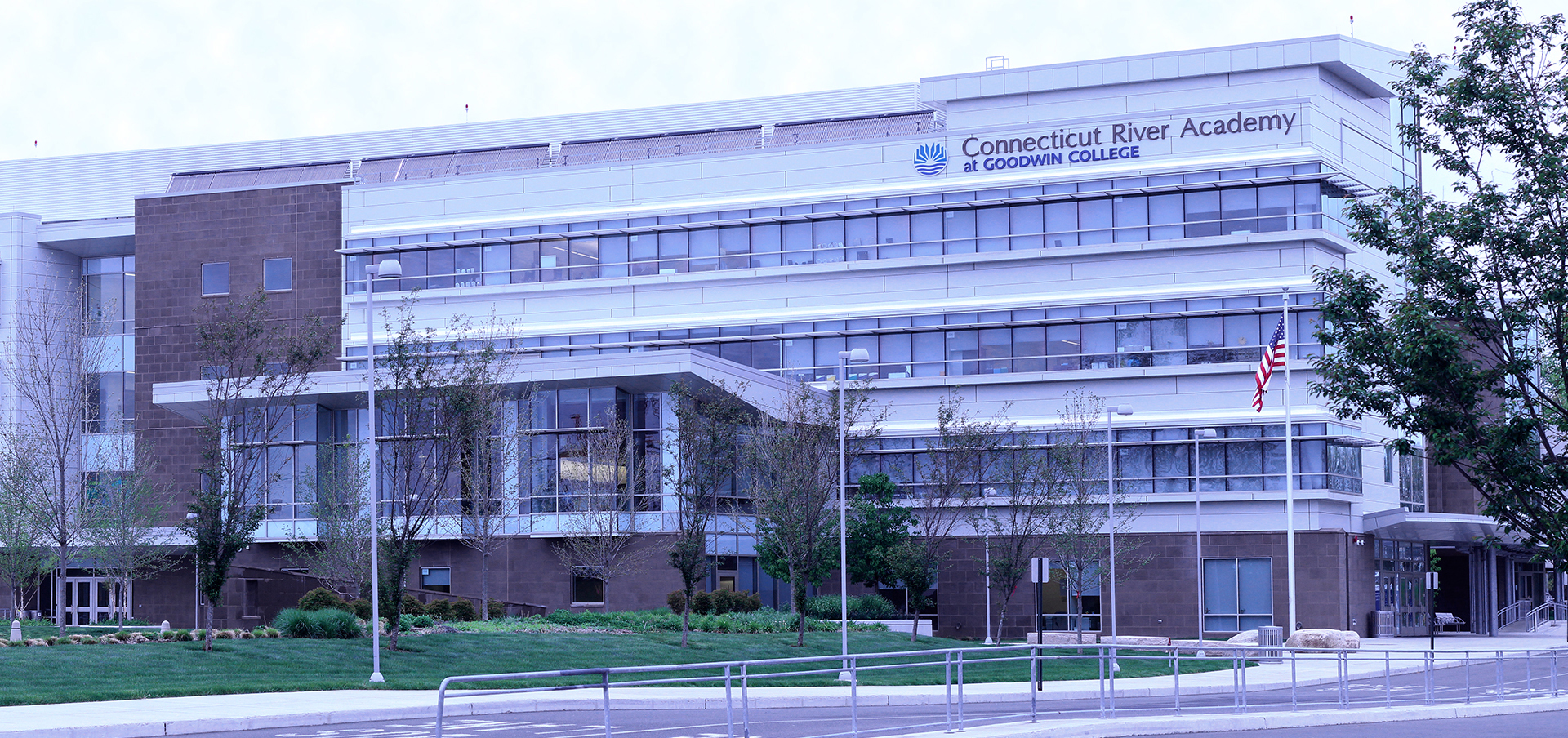In December, the early college high school at Goodwin College, Connecticut River Academy (CTRA), was welcomed into a new network of urban environmental high schools from across the northeast United States. Fueled by a $75,000 grant from the Environmental Protection Agency, CTRA and five other public high schools have launched Teaching Our Cities, a project aiming to help city students grow into powerful environmental and community leaders.
“CTRA is demonstrating what’s possible when high schools embrace the urban environments that their students call home,” says Joel Tolman, Director of Teaching our Cities. “They’re turning their city into an extension of their classrooms and building educational opportunities that make learning real and rooted for their racially and economically diverse student body. We are really excited to have their teachers, students, and leaders join us in this project, and to learn from their experience.”
At the end of November, CTRA and the five other Teaching Our Cities Schools, all of which take the environment, sustainability, and social justice as their organizing focus, gathered at Common Ground for the first of six face-to-face workshops. Educators and students from these schools shared stories about their unique educational models and common practices.
The campus of the Connecticut River Academy is true to its name: located in Hartford on the banks of the Connecticut River, the school immerses students in water quality testing, river cleanups, and environmental justice questions related to urban waters.
Over the next year, CTRA and the other Teaching Our Cities schools will create videos, write blog posts, and publish toolkits that will help other urban high schools learn from their experiences.
To support this documentation and capacity work, each partner school will receive a mini-grant of just less than $5,000, thanks to the Environmental Protection Agency’s support of Teaching Our Cities.
“This project is doing just the kind of work that is so important for the future of New England’s environment,” said Curt Spalding, regional administrator of EPA’s New England office. “Projects that introduce youth, educators, and communities to the problems and the possibilities of environmental protection and climate adaptation are bound to help us build a stronger, healthier world.”
Goodwin University is a nonprofit institution of higher education and is accredited by the New England Commission of Higher Education (NECHE), formerly known as the New England Association of Schools and Colleges (NEASC). Goodwin University was founded in 1999, with the goal of serving a diverse student population with career-focused degree programs that lead to strong employment outcomes.

